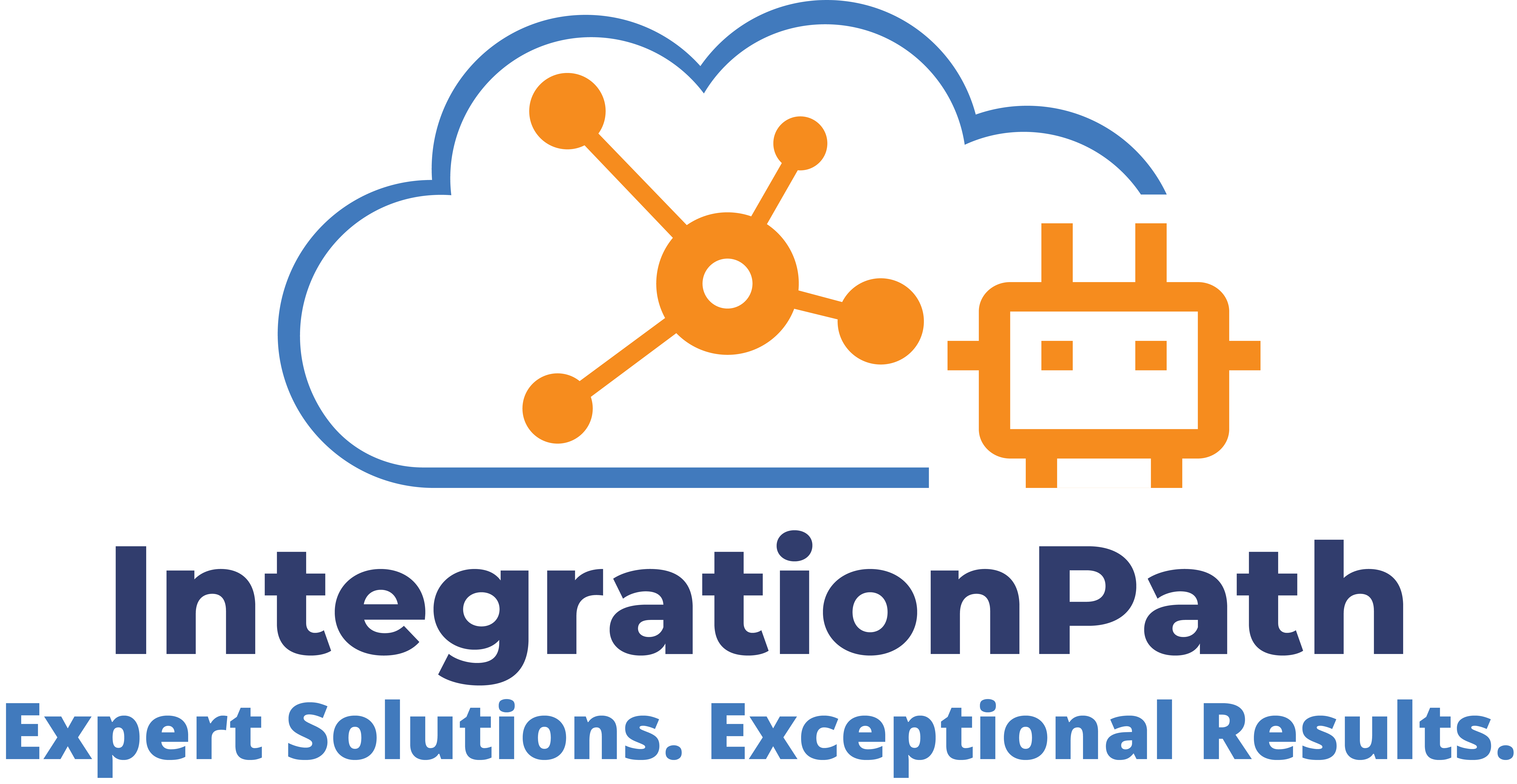DevOps Services
- CI/CD Excellence
- Assessment & Strategy
- Infrastructure as Code
- DevSecOps Integration
- Containerization Journey
- Observability Framework
- Configuration Management

Why Choose Our DevOps Services?

Domain Expertise
Deep understanding of your industry and business context
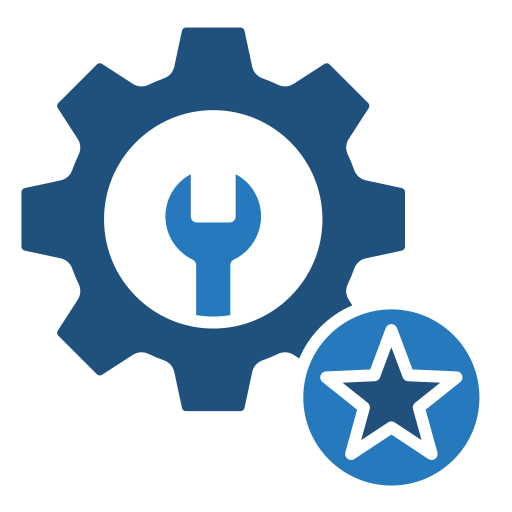
Technical Excellence
Cutting-edge DevOps tools expertise from experienced practitioners

Data Privacy Focus
Secure handling of sensitive information
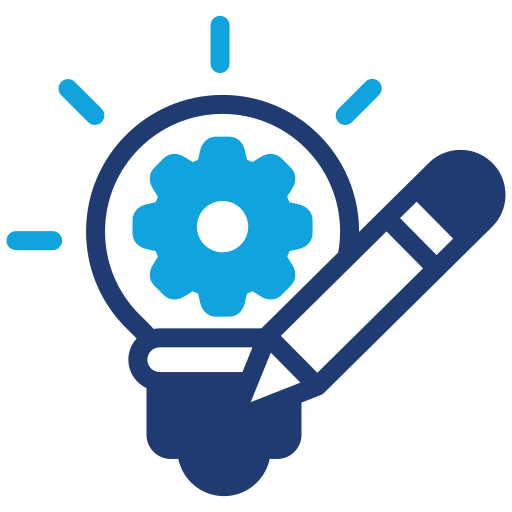
Practical Innovation
Balance of proven techniques and innovative approaches

Future-Proofing
Scalable, maintainable solutions designed for evolution

End-to-End Support
From concept to deployment and ongoing optimization
Our DevOps Services Approach
- Automated Pipeline Architecture:
- Design and implementation of comprehensive CI/CD pipelines that automate build, test, security scanning, and deployment processes.
- Infrastructure as Code (IaC) Implementation:
- Codification of infrastructure provisioning with tools like Terraform, CloudFormation, or Ansible for consistent, repeatable environments.
- Containerization & Orchestration:
- Integration of Docker containers and Kubernetes orchestration into CI/CD workflows for consistent application deployment across environments.
- Continuous Testing Automation:
- Implementation of automated unit, integration, performance, and security testing integrated seamlessly within deployment pipelines.
- Pipeline-as-Code Excellence:
- Development of pipeline definitions using tools like Jenkins, GitHub Actions, or Azure DevOps for version-controlled, reusable deployment workflows.
- Release Automation Strategies:
- Implementation of zero-downtime deployment techniques including blue/green deployments, canary releases, and feature flags.
- Quality Gate Integration:
- Establishment of automated quality thresholds that prevent defective code from progressing through the pipeline based on predefined metrics.
- DevSecOps Integration:
- Embedding of security scanning and compliance validation directly within CI/CD workflows to ensure security without impeding delivery speed.
- Deployment Metrics & Analytics:
- Implementation of comprehensive monitoring to measure deployment frequency, lead time, change failure rate, and recovery time.
- DevOps Maturity Assessment:
- Comprehensive evaluation of current development and operations practices against industry benchmarks and DevOps maturity models.
- Delivery Pipeline Analysis:
- Detailed examination of existing CI/CD workflows to identify bottlenecks, manual interventions, and opportunities for automation.
- Cultural Readiness Evaluation:
- Assessment of organizational culture and team structures to determine readiness for DevOps transformation and collaborative workflows.
- DevOps Toolchain Optimization:
- Analysis of existing tools with recommendations for an integrated DevOps toolchain that supports the full software delivery lifecycle.
- Implementation Roadmap Creation:
- Development of phased DevOps adoption plans with clear milestones, resource requirements, and success metrics.
- Value Stream Mapping:
- Identification of waste, delays, and inefficiencies in current software delivery processes to target specific improvement initiatives.
- DevSecOps Integration Planning:
- Strategic approach for embedding security throughout the development lifecycle without compromising delivery velocity.
- Metrics & Measurement Framework:
- Establishment of key performance indicators to track DevOps success, including deployment frequency, lead time, and change failure rate.
- Team Structure & Operating Model Design:
- Recommendations for optimal team compositions and working practices to support DevOps principles and continuous delivery.
- DevOps Center of Excellence Strategy:
- Planning for internal DevOps enablement teams to drive standards, best practices, and continuous improvement across the organization.
- IaC Architecture Design:
- Development of comprehensive infrastructure blueprints using declarative code to ensure consistent, predictable environment provisioning.
- Multi-Cloud IaC Implementation:
- Creation of cloud-agnostic infrastructure templates that enable deployment across AWS, Azure, Google Cloud, and other providers.
- Terraform Expertise:
- Implementation of HashiCorp Terraform for defining, provisioning, and managing infrastructure with state management and modular design patterns.
- CloudFormation & ARM Template Development:
- Design and implementation of native IaC solutions for AWS and Azure environments with best practices for organization and reusability.
- Configuration Management Integration:
- Implementation of tools like Ansible, Chef, or Puppet for consistent software configuration and policy enforcement across infrastructure.
- IaC Pipeline Integration:
- Incorporation of infrastructure code into CI/CD pipelines with automated testing, validation, and deployment of infrastructure changes.
- IaC Security Automation:
- Implementation of policy-as-code solutions like HashiCorp Sentinel, AWS Config Rules, or OPA to enforce security guardrails and compliance requirements.
- GitOps Workflow Implementation:
- Establishment of Git repositories as the single source of truth for infrastructure with automated reconciliation between desired and actual states.
- IaC Testing Frameworks:
- Implementation of automated testing for infrastructure code including static analysis, policy validation, and integration testing.
- Security-as-Code Implementation:
- Automate security controls through code with policy enforcement embedded directly into development workflows and infrastructure.
- Shift-Left Security Framework:
- Integrate security practices early in the development lifecycle with automated tools that empower developers to address vulnerabilities before production.
- CI/CD Security Gates:
- Implement automated security validation checkpoints within CI/CD pipelines to prevent vulnerable code from progressing to production environments.
- Container Security Automation:
- Deploy comprehensive security scanning for container images, registries, and orchestration platforms with policy-driven remediation.
- Secrets Management Solutions:
- Implement secure credential management systems that eliminate hardcoded secrets while maintaining seamless application access to required resources.
- Compliance-as-Code:
- Automate regulatory compliance validation with continuous monitoring for HIPAA, PCI-DSS, GDPR, and other frameworks through policy-driven controls.
- Threat Modeling Automation:
- Integrate proactive security risk assessment into the development process with tools that identify potential vulnerabilities during design phases.
- Security Telemetry Integration:
- Implement comprehensive security monitoring across the entire application lifecycle with dashboards providing real-time risk visibility.
- Vulnerability Management Workflow:
- Create automated processes for vulnerability detection, prioritization, remediation, and verification across applications and infrastructure.
- Container Strategy & Roadmap:
- Development of comprehensive containerization plans tailored to your organization's specific needs and technology landscape.
- Application Containerization Assessment:
- Systematic evaluation of existing applications to determine containerization suitability and migration complexity.
- Container Platform Implementation:
- Expert deployment of enterprise-grade container orchestration platforms including Kubernetes, OpenShift, and ECS/EKS.
- Microservices Containerization:
- Transformation of monolithic applications into containerized microservices architectures for improved scalability and deployment efficiency.
- CI/CD Pipeline Integration:
- Seamless incorporation of container builds, testing, and deployment into automated CI/CD workflows for rapid, reliable delivery.
- Container Security Hardening:
- Implementation of industry best practices for container image scanning, runtime protection, and security policy enforcement.
- Container Monitoring & Observability:
- Deployment of comprehensive monitoring solutions providing visibility into container health, performance, and resource utilization.
- Developer Enablement & Training:
- Hands-on workshops and knowledge transfer to empower your teams with container development and operational best practices.
- Multi-Environment Container Strategy:
- Design of consistent container deployments across development, testing, and production environments with appropriate governance controls.
- End-to-End Observability Architecture:
- Design and implementation of comprehensive monitoring frameworks spanning applications, infrastructure, and business outcomes.
- Distributed Tracing Implementation:
- Deployment of trace collection and visualization tools to track request flows across complex microservices environments.
- Metrics Collection & Analysis:
- Configuration of real-time metrics gathering for system performance, application health, and business KPI monitoring.
- Centralized Logging Platform:
- Implementation of scalable log aggregation solutions with advanced search, correlation, and analytics capabilities.
- Real-Time Alerting & Incident Response:
- Development of intelligent alerting strategies with automated incident routing and resolution workflows.
- Service Level Objective (SLO) Management:
- Establishment of meaningful performance targets with continuous measurement against business-critical reliability goals.
- Observability as Code:
- Implementation of infrastructure-as-code approaches to monitoring configuration, ensuring consistency across environments.
- Business Insights Dashboard Creation:
- Development of executive-level visibility into technical metrics that impact customer experience and business outcomes.
- AIOps Integration:
- Deployment of machine learning capabilities to detect anomalies, predict potential issues, and recommend remediation actions.
- Infrastructure Configuration Automation:
- Implementation of policy-driven configuration tools to ensure consistent system setups across all environments.
- Configuration as Code Practice:
- Transformation of manual configuration processes into versioned, tested code for reliability and auditability.
- Configuration Drift Detection:
- Continuous monitoring and automated remediation of unauthorized or unexpected configuration changes.
- Multi-Platform Configuration Management:
- Unified approach to managing configurations across diverse operating systems, cloud platforms, and application stacks.
- Configuration Compliance Enforcement:
- Automated validation of system configurations against security policies, regulatory requirements, and best practices.
- Role-Based Configuration Control:
- Implementation of granular access controls and approval workflows for configuration changes based on organizational roles.
- Configuration Inventory & Dependency Mapping:
- Comprehensive discovery and visualization of configuration items and their relationships across the IT landscape.
- Configuration Lifecycle Management:
- Systematic processes for testing, deploying, and retiring configurations with full audit history.
- Self-Service Configuration Portals:
- Development of user-friendly interfaces allowing authorized stakeholders to implement pre-approved configuration changes safely.
Technology Offerings

Terraform

Jenkins
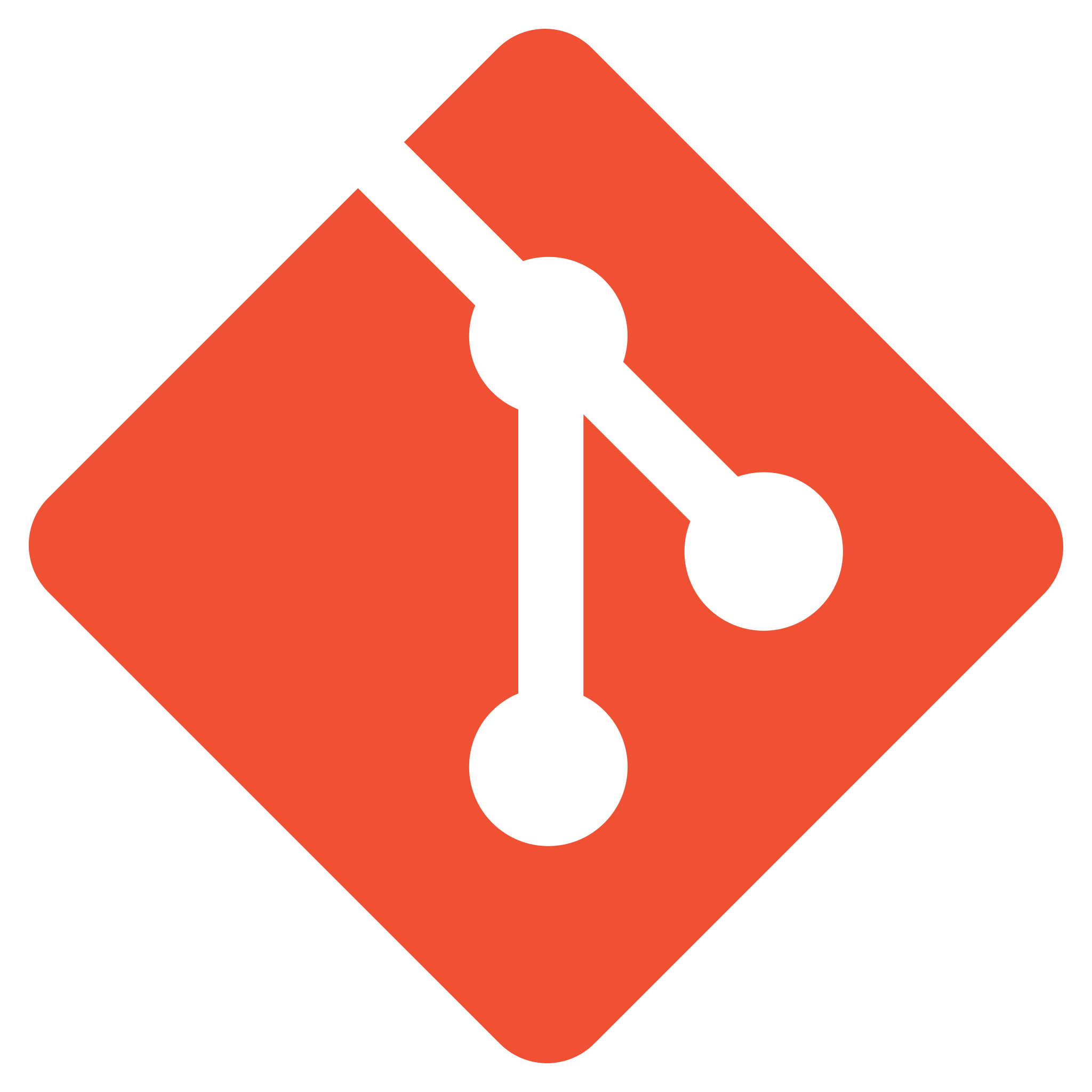
Git

CodeCatylist

Azure DevOps
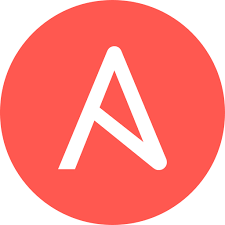
Ansible

Clients
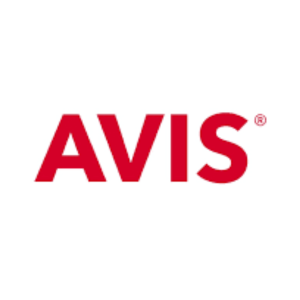

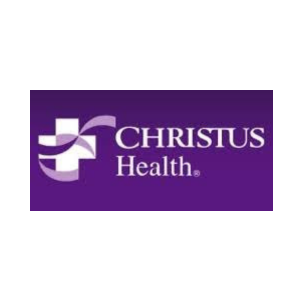


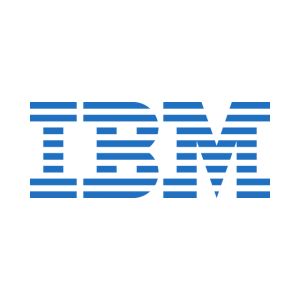



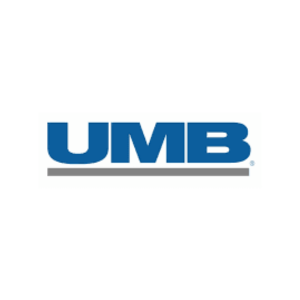

!
